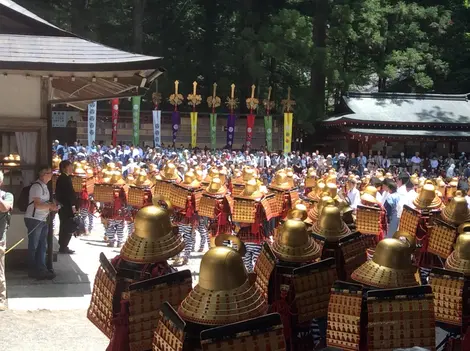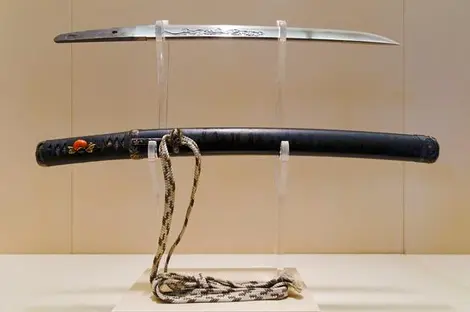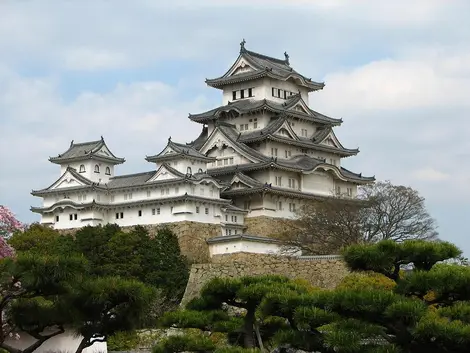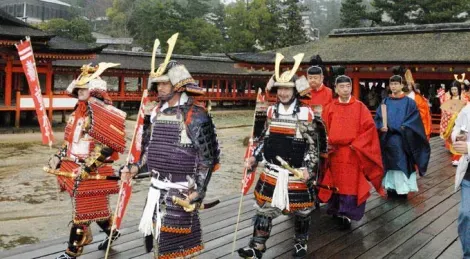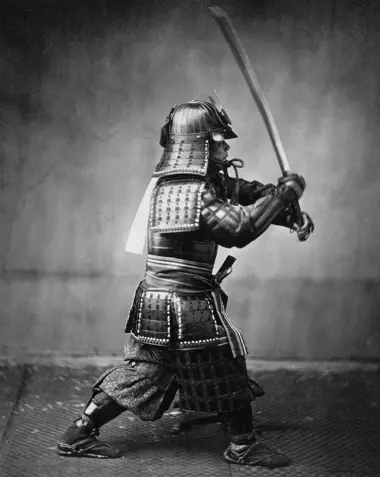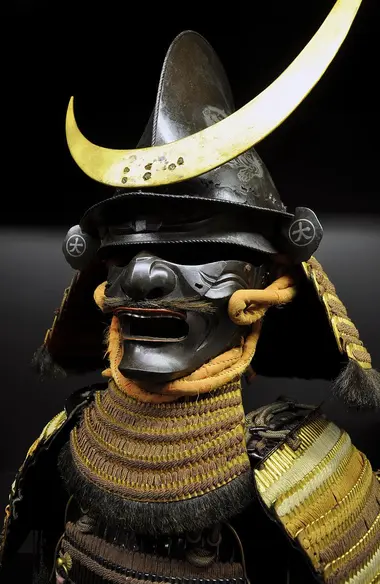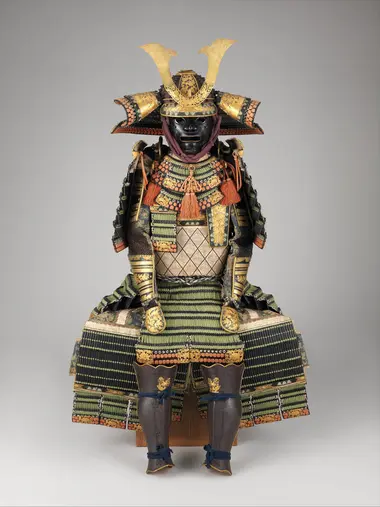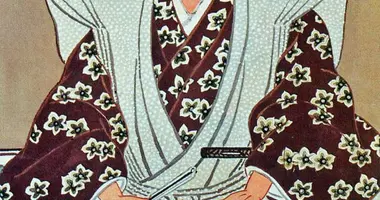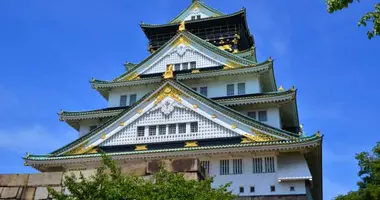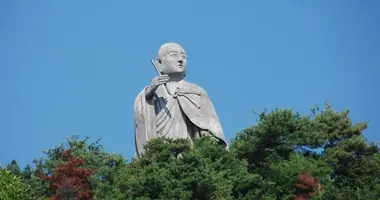Samurai: In the Footsteps of Japanese Warriors 侍
- Published on : 03/04/2020
- by : R.A. / J.R.
- Youtube
The samurai, emblematic figures of Japan
The samurai are an ancient caste of Japanese warriors, known worldwide for their recognizable katanas and armor. Discover the history of the samurai and visit the places they have left their mark on your trip to Japan.
What is a samurai?
The word " samurai " derives from the verb "saburau", which means to serve. This term has been used since 1600 and indicates a warrior in the service of a lord, the daimyo. The term "samurai" is not to be confused with "bushi", which designates the ancient warriors who serve a lord in exchange for a reward: land or wages.
A samurai without a lord or master was called a ronin and was considered no better than a vagabond. Many samurai were low ranking soldiers cultivating their own land, far from the great warlords, the daimyo. In the Heian era (794-1185), they were only warriors in the nobility's service - which they quickly dominated. In the 10th century, the warrior Minamoto clan imposed a government of warriors, the bakufu, headed by a shogun (general). They will then become a warrior elite with their own culture.
The story of the samurai
The samurai were then a group steeped in Zen Buddhism, which they consider close to the spirit of bushi. They knew refinement and were passionate about the tea ceremony and Noh theater. Kamakura was the great city of warriors, the first capital of the bakufu. You can still see this today during the Yabusame festival, reminiscent of the contest between warriors.
The samurai had their heyday during the Sengoku era ("Age of Warring States", the mid 15th century to the late 16th century) where the only law was the rule of the strongest, allowed them to rise quickly in society. At this time, the great castles such as those of Osaka, Himeji or Kumamoto were built. Appear as dojos, corresponding to different martial arts styles. These samurai are far from the image that we have now: quick to betray their masters, to change sides or to revolt, and they lead a reign of terror in the countryside.
- Read also: Kumakura Travel Guide
Bushido, a code of honor
During the Edo period (1603-1868), the new Tokugawa shoguns created the samurai that we know, respecting a strict code of conduct, the way of the warrior, "bushido". It was at this time that the practice of seppuku (better known in the West under the name of hara-kiri, a ritual suicide) developed. These samurai are then above all, faithful, sober and focused on their weapon training in times of peace.
The Tokugawa then gradually transformed them into a closed group of state officials without territory but receiving a salary. This transformation is easy to observe when visiting the splendid Nijo Castle in Kyoto.
Characteristics of a samurai
A samurai's education was very strict, with the learning of self-control and an absence of idleness and fear. The samurai apprentice studied in a specialized school where they would learn about the handling of swords, including katana, wrestling, archery, horse riding, and strategy and various arts of war.
The samurai had a whole collection of swords, including the famous katana (long saber that only they could carry), but also the wakizashi, a small saber that never left the warrior, without forgetting the tanto, a dagger used in particular for the seppuku ceremony. The samurai also used the Japanese compound bow (yami), and the spear (yari).
The samurai finally wore armor designed to facilitate movement. The armor consisted of many leather pieces, waterproofed with lacquer, and metal or other alloys. He also wore a mask (menpo) supposed to intimidate.
Disappearance and legacy of the samurai in Japan
The samurai officially disappeared at the beginning of the Meiji period (1868-1912) when they lost all of their privileges, including the wearing their sword and income. Most are retrained in current trades, except the few diehards who led the revolt of Saigo Takamori in 1873.
Bushido, however, spread to other parts of society. It was systematically taught to soldiers until the defeat of 1945. Today traces of it can be found in the spirit and hierarchy of certain large companies of ancient origin and martial arts.





